Books for International Women and Girls in Science Day
In 2015, the United Nations named February 11 the International Day of Women and Girls in Science. It honors the contributions and achievements of women in science, and also emphasizes the importance of women and girls to continue entering the science, technology, engineering, and mathematics (STEM) fields.
Women make up nearly half of the workforce, but are still underrepresented in STEM fields (only 27% in 2019). It’s been found that girls and women are systematically tracked away from these fields. At high school graduation, equal numbers of boys and girls plan to pursue STEM fields, but fewer young women end up majoring in these fields during their first year of college. By graduation, men outnumber women in degrees in STEM fields, and this is further seen in graduate programs. This report goes into studies about this in more detail, but there are a lot of factors: teachers and professors encouraging girls and women, outdated gender stereotypes and gender role expectations, and even self-assessment due to larger cultural stereotypes and assumptions.
By reading about famous women scientists and STEM professionals, we can help create a love and passion for STEM that is deeply rooted in kids, and show them role models to look up to. We can examine our own stereotypes about these fields and about innate abilities (I know I’ve been doing that myself with me and math; it’s hard work unlearning these messages after decades of hearing it), and encourage a love of science and exploration.
I’ve put together a list of books for kids and adults to read to celebrate women and girls in science, any time of the year. I could list dozens and dozens of books, but this is just a sampling.
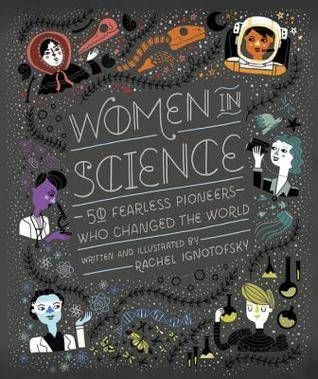
Women in Science: 50 Fearless Pioneers Who Changed the World by Rachel Ignotofsky
This fun book has 50 women in STEM fields, both famous and less-famous, like Marie Curie, Rachel Carson, Chen-Shiung Wu, and Mae Jemison. The illustrations are fun and informative, and the scientists profiled work in a variety of fields and on very different topics. The book can be used for a wide variety of ages: with younger kids, more of an overview can be read to them, and for older ones, they can read the entire min-biography and then use it as a springboard for further research.
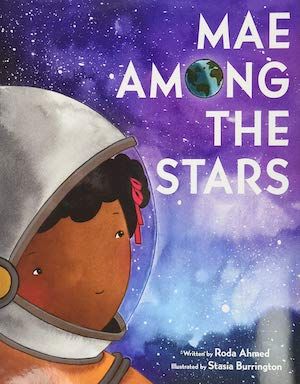
Mae Among the Stars by Roda Ahmed and Stacia Burrington
This beautiful picture book was inspired by Mae Jamison, the first Black woman to go into space. It tells the story of Mae as a little girl wanting to go to space, dreaming of being in the sky, surrounded by the stars. Her parents encourage her, even when others don’t. It’s a story of believing in yourself, working hard, and following your dreams.
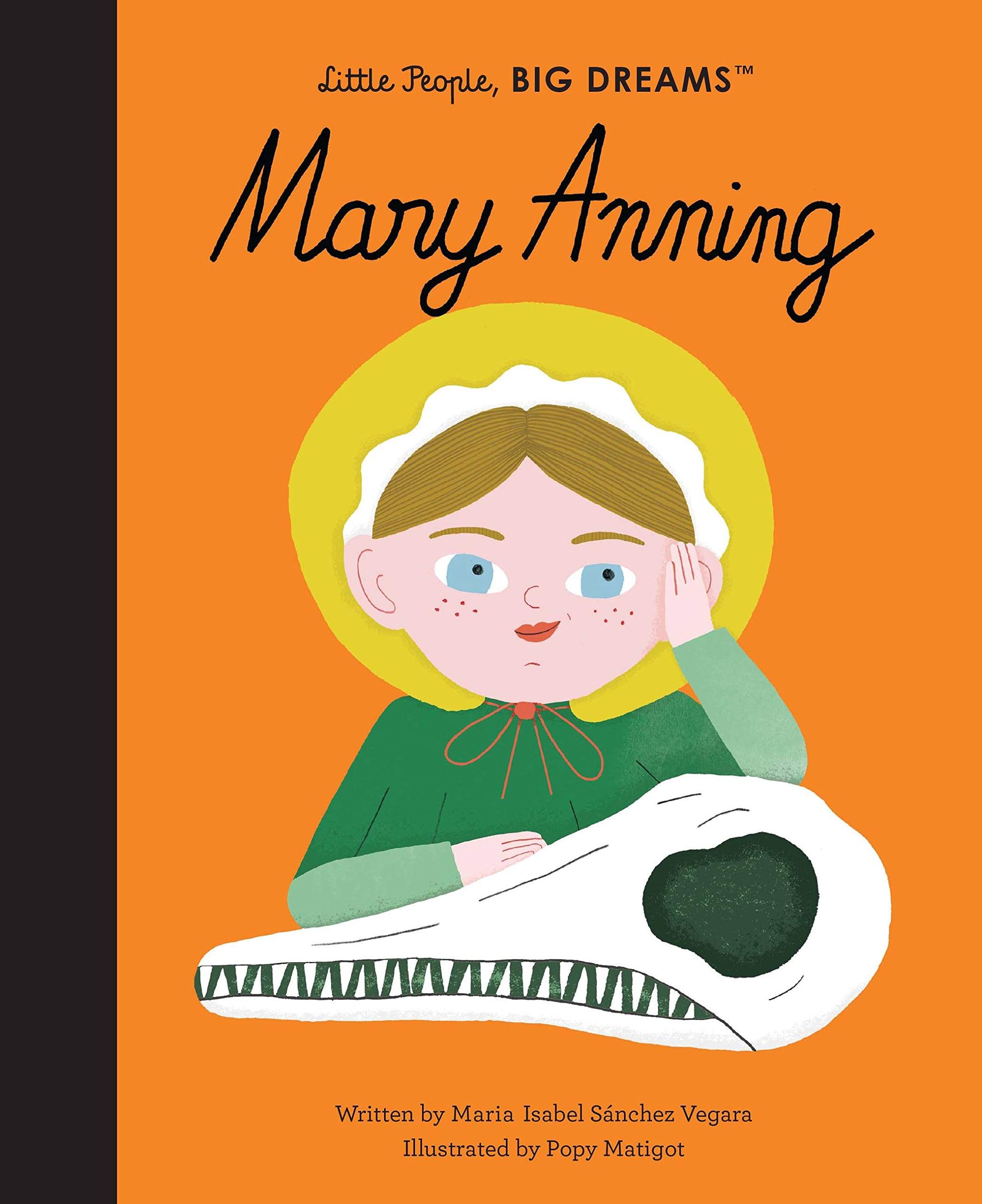
Mary Anning (Little People, Big Dreams) by Maria Isabel Sanchez Vegara & Popy Matigot
This series is fabulous, and this book is a great addition to the series. In this book, kids can read about Anning, a leader in the field of paleontology. The illustrations are fun, and the text is easy to understand while still being educational. The back of the book has a biographical timeline and more details about her life.
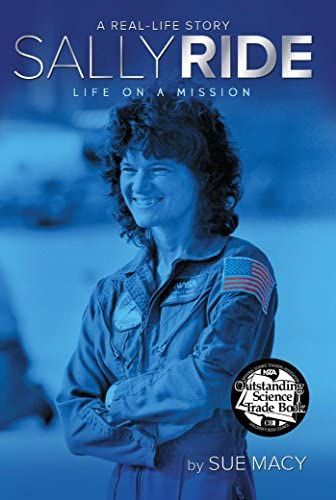
Sally Ride: Life on a Mission by Sue Macy
Ride was the first woman in space, but also much more than that. This biography explores her work as a professor, as well as the founder of a company that focused on encouraging girls and women to go into science and math fields. It’s a middle grade book that’s a great introduction to the astronaut and her many achievements.
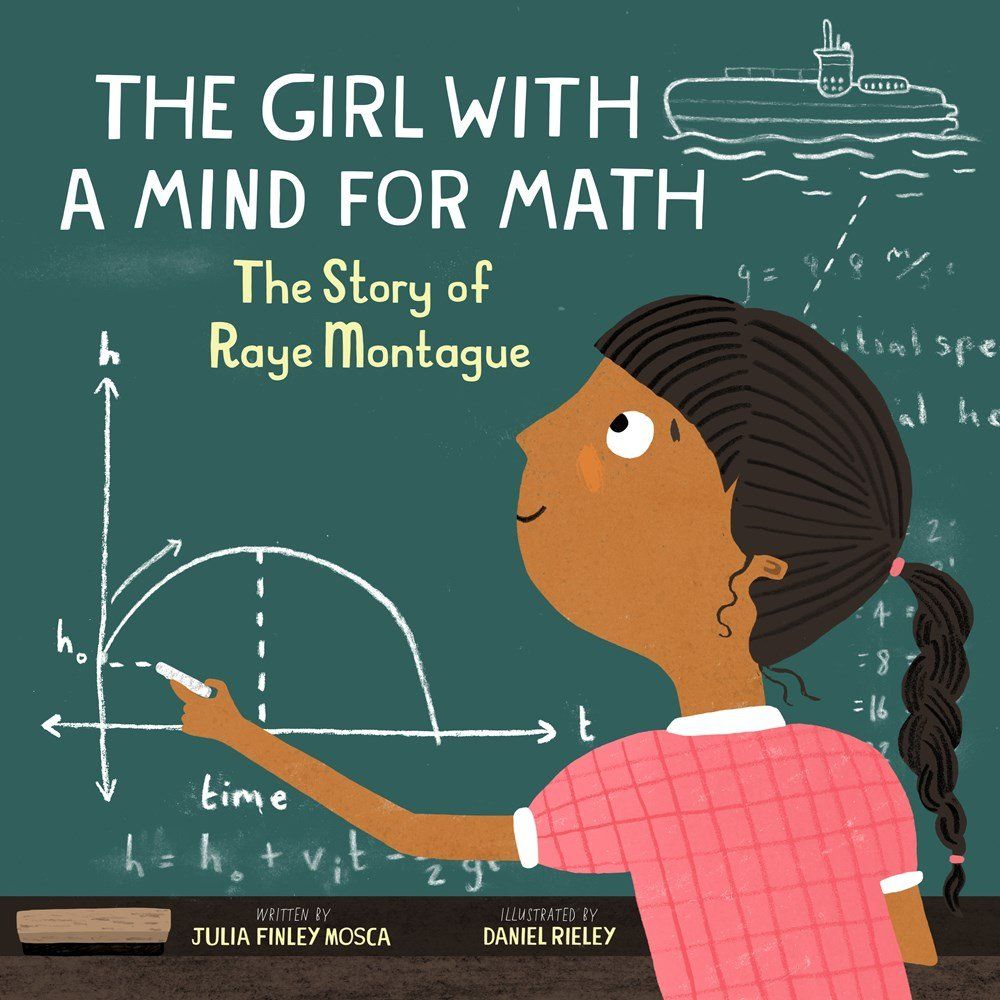
The Girl With A Mind for Math: The Story of Raye Montague by Julia Finley Mosca and Daniel Rieley
When Montague was a young girl, she wanted to be an engineer — but eventually ran into sexism and racism as a Black woman. She made the first computer-generated rough draft of a U.S. naval ship. This lyrical picture book tells her story, complete with a timeline and a note from Montague.
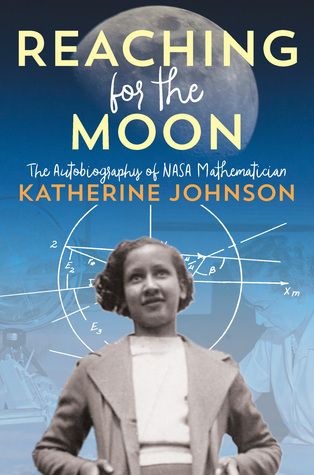
Reaching for the Moon: The Autobiography of NASA Mathematician Katherine Johnson by Katherine Johnson
Another middle grade book, this autobiography is full of information and stories about Katherine Johnson, who not only worked on some of NASA’s biggest projected, but also helped launch Apollo 11. Despite being brilliant at math, she faced racism and sexism throughout her academic and career path — and pushed ahead.
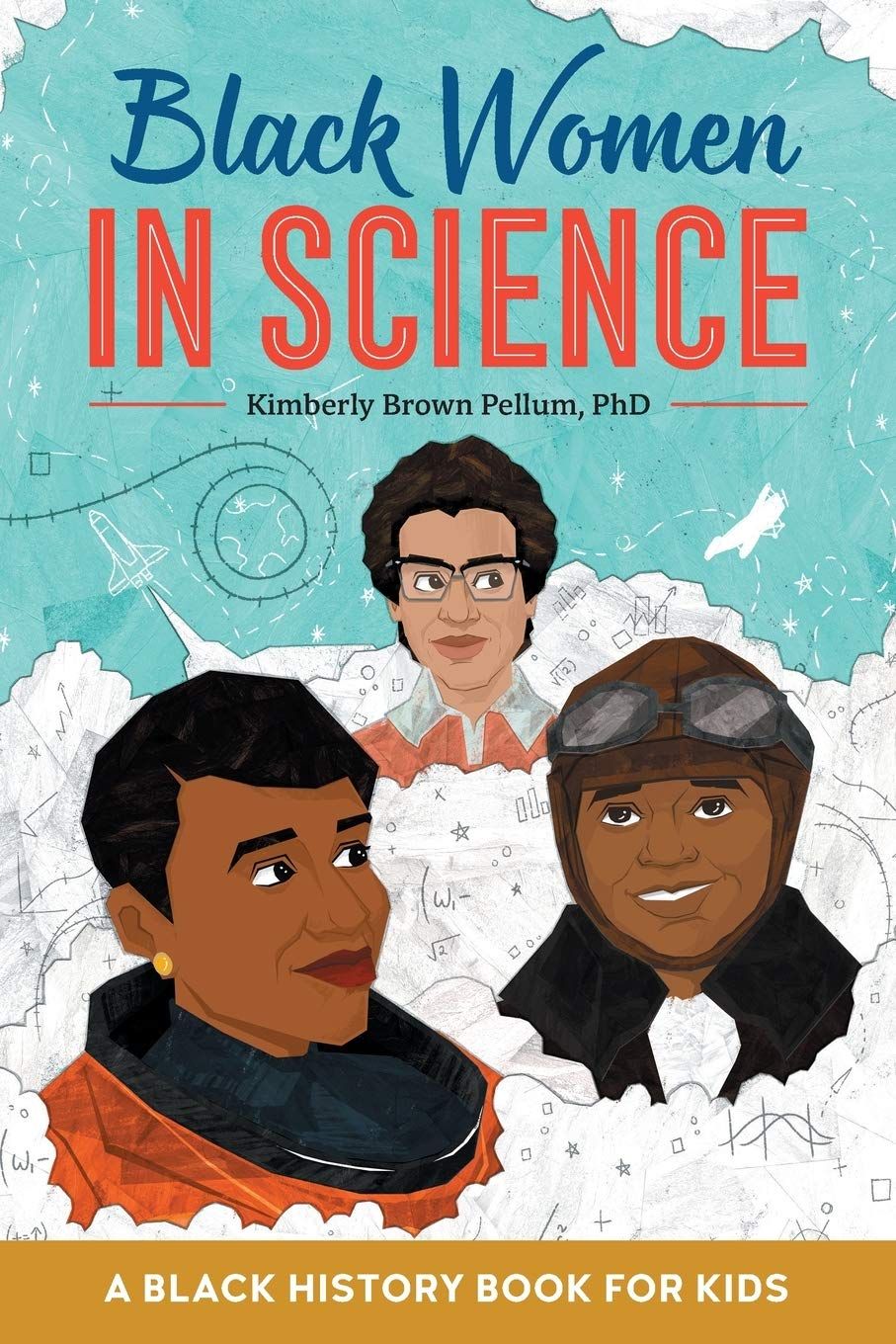
Black Women in Science: A Black History Book for Kids by Kimberly Brown Pellum
In this early middle grade book, kids learn about Bessie Coleman, Mamie Phipps Clark, Patricia Bath, Mae Jemison, and more. These pioneering women are in a variety of fields: aviation, ophthalmology, forensic science, psychology, and other STEM fields, illustrating just how vast the options are.
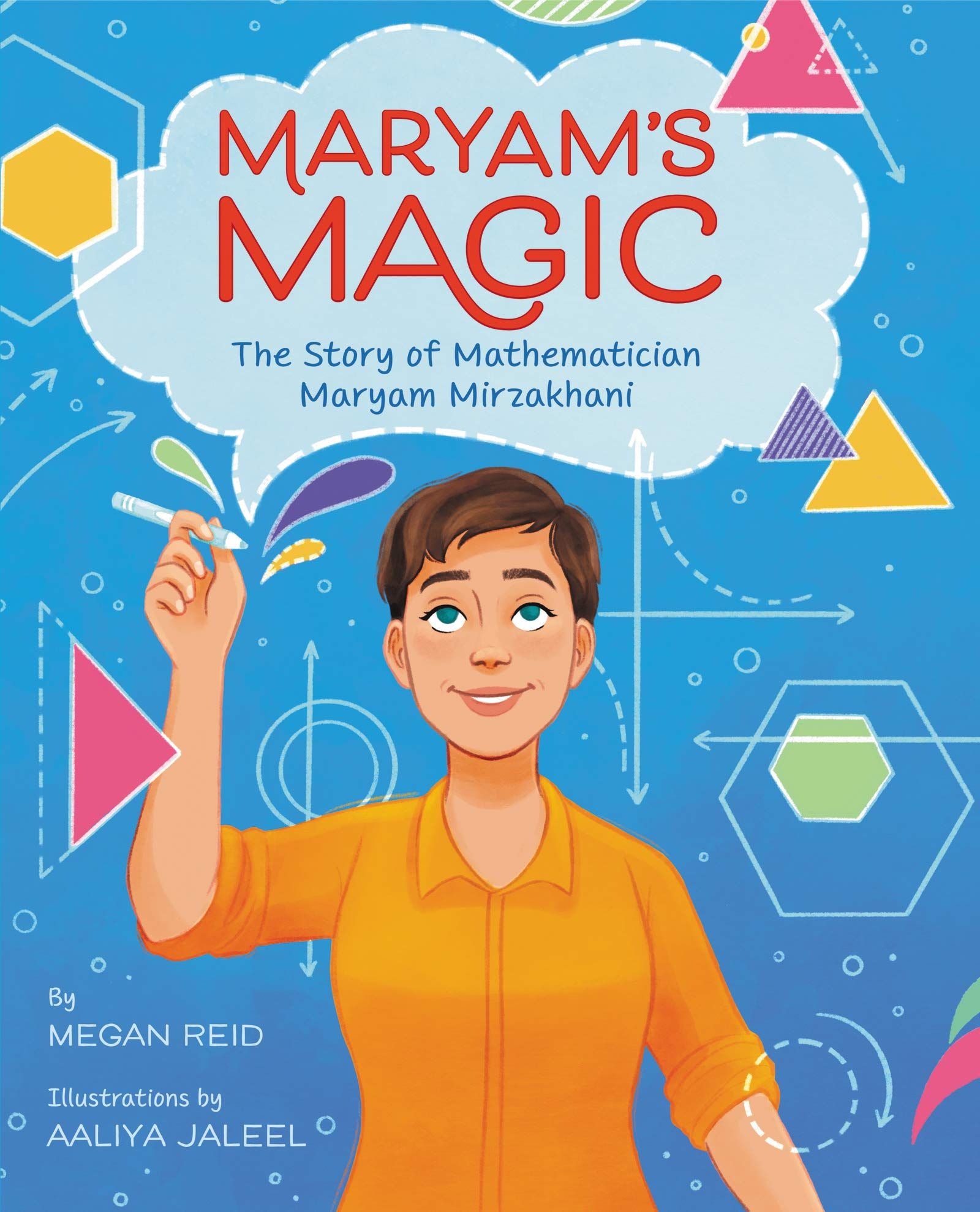
Maryam’s Magic: The Story of Mathematician Maryam Mirzakhani by Megan Reid and Aaliya Jaleel
Growing up in Tehran, Maryam did not like math; she loved stories — until she discovered geometry, where the shapes and numbers became stories of their own. She threw herself into the field of mathematics, and eventually became the first woman, and first Iranian, to win the Fields Medal, the highest honor in math. This is her story.
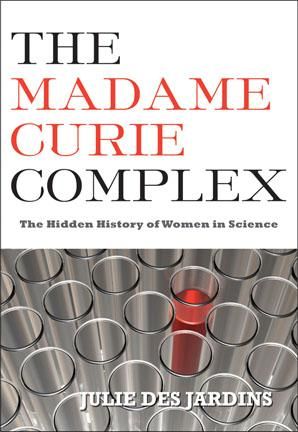
The Madame Curie Complex: The Hidden History of Women in Science by Julie Des Jardins
This one is for teens and adults, since there’s always more to learn! Des Jardins looks at the long-held myth of the lone male science genius, exploring profiles of various female scientists and looking at contributions made by women that went unnoticed and unrecognized for too long.
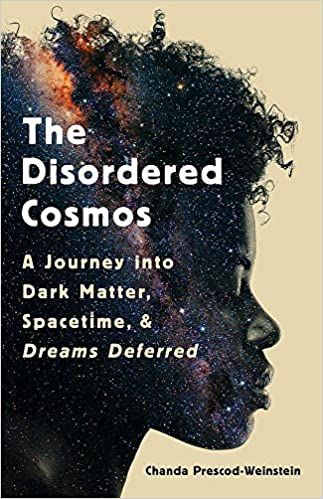
The Disordered Cosmos: A Journey into Dark Matter, Spacetime, & Dreams Deferred by Chanda Prescod-Weinstein
Prescod-Weinstein, a theoretical physicist, combines memoir and reportage in this brilliant book. She looks at the sexism and racism still rampant in the field of physics/science, and discusses various topics in the field and with passion and authority, while making them accessible to the layperson. Black feminist traditions, pop culture, faith, social justice, history, and politics — all of this is also bound up in her discussions of physics, making for a thought-provoking read.
If you want to read even more about and from women in science, check out this Reading Pathway for Mary Roach, and this post about books about female scientists.

إرسال تعليق
0 تعليقات